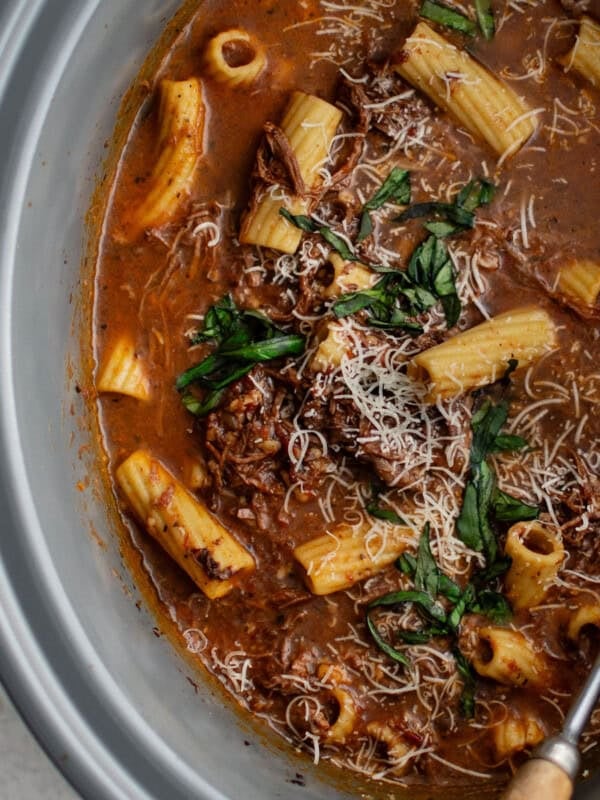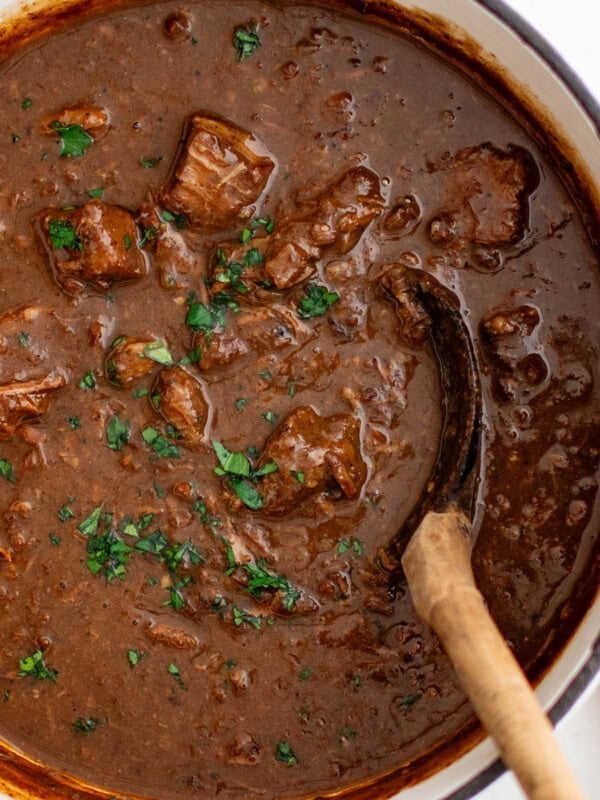Blackened Salmon Tacos are a quick and easy lunch or dinner that require little prep and pack a lot of flavor. Flaky salmon is blackened to perfection and wrapped in warm corn tortillas with your favorite toppings!

The Best Salmon Tacos
The flavor and texture of a good piece of backend salmon can’t be beat. Turn that into a taco and I’m all in. No fuss with deep frying or breading the fish, just coat in cajun seasoning, and cook in a hot skillet. Even if you aren’t a huge fan of salmon or have some picky eaters in the house, I urge you to give this particular recipe a try. The flaky salmon combined with warm tortillas is heavenly. Plus they can be eaten as is or dressed up with your favorite taco toppings. I like to add some Mango Salsa to mine and play with those spicy sweet flavors. Of course you can add regular salsa or pico de gallo, jalapeno slices, pickled onions, fresh cilantro, cotija cheese, or maybe some guacamole or sour cream. The options are endless and totally up to you! Don’t forget a splash of fresh lime juice too! Trust me on this one, these might just be your new favorite tacos.
Ready to tackle some more unique taco recipes? Try these juicy Mushroom Tacos for a vegetarian option. Or these mouthwatering Amazing BLT Tacos for your next fiesta!
How can I tell the salmon is cooked all the way?
When it comes to safe food handling (and eating) you always want to be sure your meat is thoroughly cooked. For salmon, the internal temperature should be 145 degrees fahrenheit. If you don’t have a meat thermometer to check (I highly suggest adding one to that drawer of random kitchen utensils. They come in handy!), you can also tell the salmon is done when it turns pink and easily flakes apart with a fork.
How To Make Blackened Salmon Tacos
- Marinate. Coat the salmon fillet piece completely with the cajun seasoning. Marinate for about 15 minutes to allow the spices to sink in.
- Saute. In a large skillet, pour in the olive oil and add the minced garlic. Saute until fragrant, about 30 seconds or so.
- Cook. Add the salmon and cook until blackened on one side. Flip it over and cook the other side until pink and the texture turns flaky.

Storing Blackened Salmon Tacos
Store leftover blackened salmon in an airtight container in the fridge for up to 4 days. Reheat on the stove until warmed through before assembling fresh tacos. Store any tortillas and toppings separately.
Ingredient notes for Salmon Tacos
- Salmon – Just regular fillets but you’ll want to cut them into 1 inch thick slices.
- Cajun Seasoning – The best when you want a ton of flavor with a bit of a kick.
- Olive Oil – Olive oil is the best when cooking salmon or chicken in this fashion because it’s so light. The flavor doesn’t overpower the meat and you don’t run the risk of smoke from the oil.
- Garlic – About 3 cloves, finely minced.
- Tortillas – I like corn tortillas but you can use flour, or even try this with hard shells.
- Lime – A splash of fresh lime juice really brings out the flavors in the salmon!
- Optional Garnishes – Salsa (maybe something sweet like pineapple or mango?), jalapeno slices, fresh cilantro, guacamole, or even a dash of your favorite taco sauce.

Enjoy!
~Nichole

Blackened Salmon Tacos
Ingredients
- 1 Pound Salmon Fillets cut into 1-inch-thick slices
- 2 teaspoons Cajun Seasoning
- 1 Tablespoon Olive Oil
- 3 Cloves Garlic Minced
- 8-10 corn tortillas
- 1 Lime Sliced
- Mango Salsa for serving
Instructions
- Coat the salmon fillet evenly with cajun seasoning and marinate for 15 minutes.
- Heat the oil in a skillet over medium-high heat.
- Add the garlic to the skillet and sauté until fragrant.
- Place the salmon in the skillet and cook until blackened on one side, then flip and cook until pink and flaky.
- Warm the corn tortillas in a dry skillet or over an open flame until slightly charred.
- Fill each tortilla with blackened salmon.
- Squeeze fresh lime juice over the tacos before serving with your favorite toppings like mango salsa, jalapeno slices, minced cilantro, and lime wedges if desired.
Notes
Nutrition
Nutrition information is automatically calculated, so should only be used as an approximation.













